43 dna structure and labels
What Is DNA? Summary, Structure, and Importance - Healthline The two strands of DNA form a 3-D structure called a double helix. When illustrated, DNA looks like a spiral ladder in which the base pairs are the rungs, and the sugar-phosphate backbones are the ... DNA Structure - Visible Body DNA A molecule of DNA has two strands, composed of nucleotides, that form a double helix shape. 2. Each DNA strand is composed of nucleotides—units made up of a sugar (deoxyribose), a phosphate group, and a nitrogenous base. Each strand of DNA is a polynucleotide composed of units called nucleotides.
PDF The Components & Structure of DNA - Central Bucks School District Macromolecule Notes The Components & Structure of DNA ♦POLYMER = nucleic acid = made up of a bunch of nucleotides ♦Two Types: ♦DNA - Deoxyribonucleic Acid ♦Double Helix in eukaryotes ♦RNA - Ribonucleic Acid ♦Single Strand in eukaryotes ♦MONOMER = nucleotides ♦Three parts: (1) 5-carbon sugar (2) Phosphate group
Dna structure and labels
The Structure Of DNA and RNA : Plantlet A DNA molecule consists of two polynucleotide chains, linked by hydrogen bonds between bases. In DNA there are four bases - adenine always pairs with thymine, and cytosine always pairs with guanine. RNA, which comes in several diff erent forms, has only one polynucleotide chain, although this may be twisted back on itself, as in tRNA. The Structure and Function of DNA - Molecular Biology of the Cell ... The Structure and Function of DNA. Biologists in the 1940s had difficulty in accepting DNA as the genetic material because of the apparent simplicity of its chemistry. DNA was known to be a long polymer composed of only four types of subunits, which resemble one another chemically. Early in the 1950s, DNA was first examined by x-ray diffraction ... dna-labeling | NEB A variety of enzymatic or chemical methods are available to generate nucleic acids labeled with radioactive phosphates, fluorophores, or nucleotides modified with biotin or digoxygenin for example. Nucleic acids may be labeled at their 5´ end, their 3´ end, or throughout the molecule depending on the application.
Dna structure and labels. What Is DNA?- Meaning, DNA Types, Structure and Functions - BYJUS The DNA molecule consists of 4 nitrogen bases, namely adenine (A), thymine (T), cytosine (C) and Guanine (G), which ultimately form the structure of a nucleotide. The A and G are purines, and the C and T are pyrimidines. The two strands of DNA run in opposite directions. The Structure of DNA - University of Arizona Each nucleotide is itself make of three subunits: A five carbon sugar called deoxyribose (Labeled S) A phosphate group (a phosphorous atom surrounded by four oxygen atoms.) (Labeled P) And one of four nitrogen-containing molecules called nucleotides . (Labeled A, T, C, or G) DNA: Structure, Forms and Functions (With Diagram) - Biology Discussion DNA contains β D 2′-deoxyribose sugar. It is a five-carbon sugar; hence it is a pentose sugar. Since one oxygen atom at the 2′ carbon is missing it get its name 2′-deoxy. The 2′- deoxy-containing backbone is more resistant to hydrolysis than the riboform. D-ribose does not mean dextrorotary ribose. DNA Molecule Label Diagram | Quizlet Molecule found on the side of a DNA molecule Double Helix two strands of nucleotides wound about each other; structure of DNA Thymine the nucleotide that hydrogen bonds with the nucleotide adenine in DNA Adenine the nucleotide that hydrogen bonds with the nucleotide thymine in DNA or with uracil in RNA Guamine
DNA Structure Labeling Diagram | Quizlet double helix. the spiral-staircase structure characteristic of the DNA molecule. nitrogen base. a subunit of a nucleotide in DNA and RNA. pyrimidine. a nitrogen base that has a single-ring structure (thymine, cytosine, and uracil) purine. a nitrogen base that has a double-ring structure (adenine and guanine) thymine. DNA Structure - McGraw Hill Education 4. Doubled-stranded DNA consists of two antiparallel strands, meaning that one strand is oriented in the 5' to 3' direction, while the other is oriented in the 3' to 5' direction. 5. Asymmetrical spacing of the backbones of the DNA double helix generates major and minor grooves. DNA Structure and Shape | Ask A Biologist - Arizona State University A closer look at the chemical structure of DNA shows four main building blocks. We call these nitrogenous bases: Adenine (A), Thymine (T), Guanine (G), and Cytosine (C). DNA also includes sugars and phosphate groups (made of phosphorus and oxygen). These make the phosphate-deoxyribose backbone. PDF Use your DNA structure notes and Chapter 17 to answer these questions 1. What do the letters DNA stand for? 2. DNA is a polymer, which means that is made up of many repeating single units (monomers). What are the monomers called? 3. The "backbone" of the DNA molecule is made up of two alternating components, what are these? 4.
DNA Structure with Labels - Rae Rocks Teaching Help your students finally understand DNA structure with labels to help them along the way. Nearly 65% of people are visual learners which make graphics key to engaging students. This no-prep lesson provides all the basics you need to provide students to grasp the structure of DNA. $ 4.99 Add to cart DNA Structure with Labels DNA explained: Structure, function, and impact on health Each length of DNA that codes for a specific protein is called a gene. For instance, one gene codes for the protein insulin, the hormone that helps control levels of sugar in the blood.Humans have ... Nucleotide Structure: DNA Diagram | Science Trends DNA is known for its double helix structure. The double helix is two strands that are intertwined with one another thanks to the complementary bases. RNA is a single-stranded molecule by contrast. The double helix form of DNA helps keep the genetic code intact. DNA Structure - University of Arizona DNA Structure Activity If you haven't already done so, open the file named "DNA.mcm" with either MacMolecule2 (MacOS) or PCMolecule2 (Windows) molecular visualization software (If need be return to the Introduction for instructions).
DNA - structure - chemguide The final piece that we need to add to this structure before we can build a DNA strand is one of four complicated organic bases. In DNA, these bases are cytosine (C), thymine (T), adenine (A) and guanine (G). Note: These are called "bases" because that is exactly what they are in chemical terms.
DNA Structure & Function: A Simple Guide - Human Origin Project DNA is a molecule that contains the instructions an organism needs to develop, live and reproduce. These 'rules' are found inside every cell and are passed down from parents to their children. The structure of DNA can be understood in three stages: The chemical structure of DNA - the smallest building blocks. The double-helix DNA model ...
9.1 The Structure of DNA - Concepts of Biology - 1st Canadian Edition A DNA molecule is composed of two strands. Each strand is composed of nucleotides bonded together covalently between the phosphate group of one and the deoxyribose sugar of the next. From this backbone extend the bases. The bases of one strand bond to the bases of the second strand with hydrogen bonds.
Structure of DNA: Primary and secondary structure - The Fact Factor The DNA in simple bacteria contains about 8 million nucleotides, whereas human DNA contains up to 500 million nucleotides. Primary Structure: The primary structure of DNA is simply the sequence of nucleotides. The sugar-phosphate chain is called the DNA backbone, and it is constant throughout the entire DNA molecule.
3.3.5 Draw a simple diagram of DNA structure - YouTube 3.3.5 Draw and label a simple diagram of the molecular structure of DNA. Here I demonstrate drawing the structure of DNA. You don't need to be an artist, its relative positions of the phosphate...
Structure of DNA - Higher Biology Revision - BBC Bitesize DNA is the molecule that holds the instructions for growth and development in every living thing. Its structure is described as a double-stranded helix held together by complementary base pairs....
DNA function & structure (with diagram) (article) | Khan Academy DNA structure and function DNA is the information molecule. It stores instructions for making other large molecules, called proteins. These instructions are stored inside each of your cells, distributed among 46 long structures called chromosomes. These chromosomes are made up of thousands of shorter segments of DNA, called genes.
DNA Structure | Biology Dictionary The base pairs of DNA are: Adenine-thymine Guanine-cytosine Base pairs in DNA The two strands of the double helix run in opposite directions to one another, meaning that the 5' end of one strand faces the 3' end of the other. This is called the antiparallel orientation, and it is essential for successful DNA replication.
PDF DNA Structure: A-, B- and Z-DNA Helix Families - Boston University structure is known as B-DNA, and represents an average conformation of DNA, based on fibre diffraction studies. However, this average shape of DNA is very unlikely to exist within the cells of living organisms, for several reasons. First, there is simply not enough room for the DNA to be stretched out in a perfect, linear B-DNA conformation.
DNA structure and replication review (article) | Khan Academy DNA replication is semi-conservative. This means that each of the two strands in double-stranded DNA acts as a template to produce two new strands. Replication relies on complementary base pairing, that is the principle explained by Chargaff's rules: adenine (A) always bonds with thymine (T) and cytosine (C) always bonds with guanine (G).
PDF DNA Structure Student Handout - Milwaukee School of Engineering DNA structure. The 4' carbon lies in the sugar ring, and the 5' carbon is the link between the ... For each of the nitrogenous bases, label the atoms as carbon (C), oxygen (O) or nitrogen (N). Draw dotted lines to indicate where the hydrogen bonds form with the complementary base.
dna-labeling | NEB A variety of enzymatic or chemical methods are available to generate nucleic acids labeled with radioactive phosphates, fluorophores, or nucleotides modified with biotin or digoxygenin for example. Nucleic acids may be labeled at their 5´ end, their 3´ end, or throughout the molecule depending on the application.
The Structure and Function of DNA - Molecular Biology of the Cell ... The Structure and Function of DNA. Biologists in the 1940s had difficulty in accepting DNA as the genetic material because of the apparent simplicity of its chemistry. DNA was known to be a long polymer composed of only four types of subunits, which resemble one another chemically. Early in the 1950s, DNA was first examined by x-ray diffraction ...
The Structure Of DNA and RNA : Plantlet A DNA molecule consists of two polynucleotide chains, linked by hydrogen bonds between bases. In DNA there are four bases - adenine always pairs with thymine, and cytosine always pairs with guanine. RNA, which comes in several diff erent forms, has only one polynucleotide chain, although this may be twisted back on itself, as in tRNA.


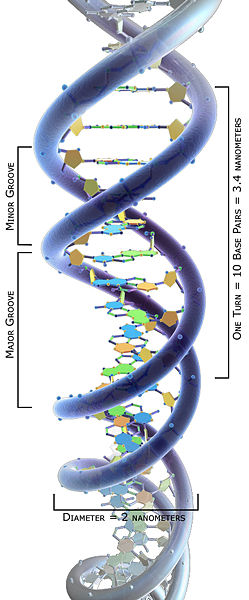
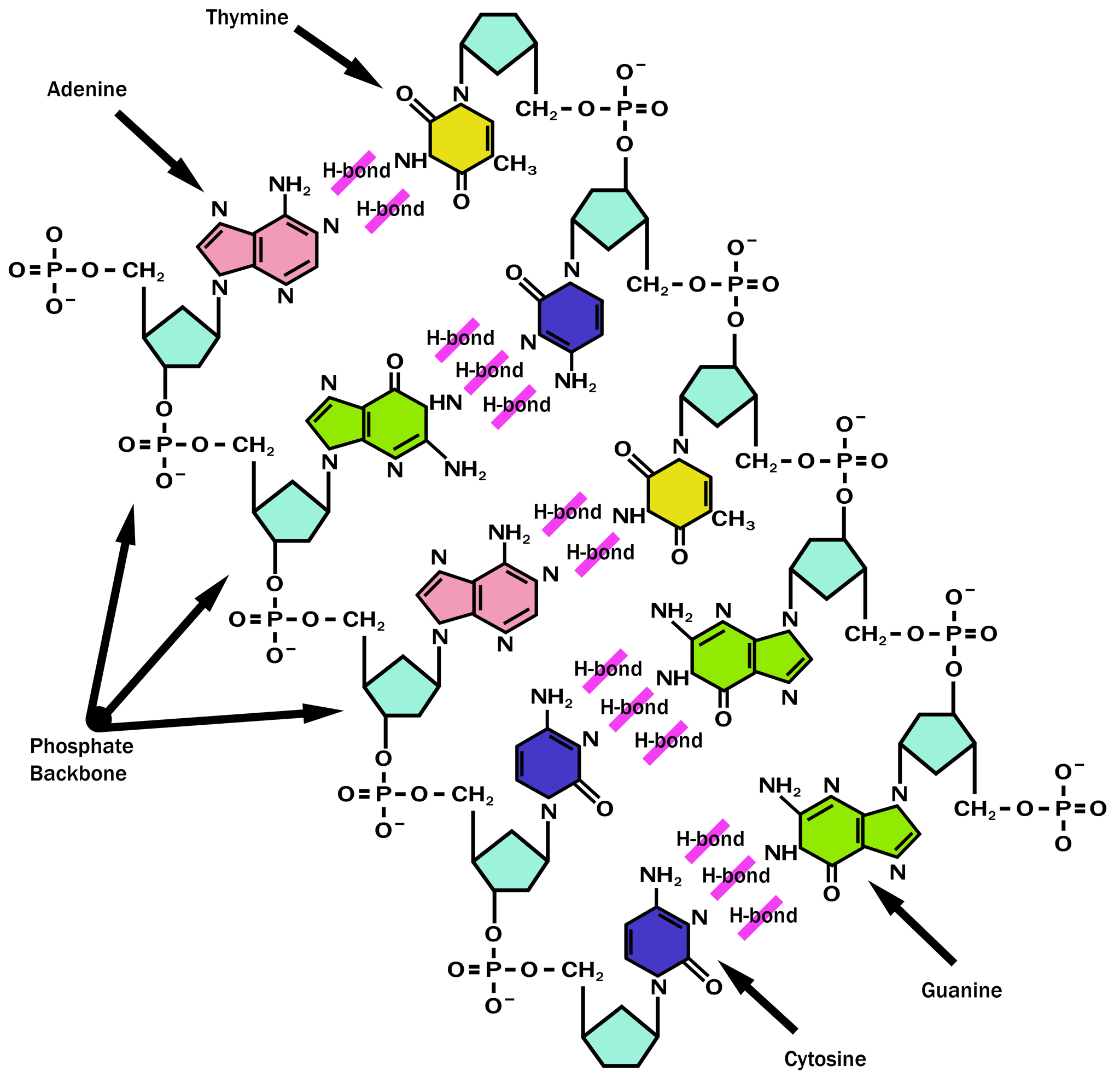
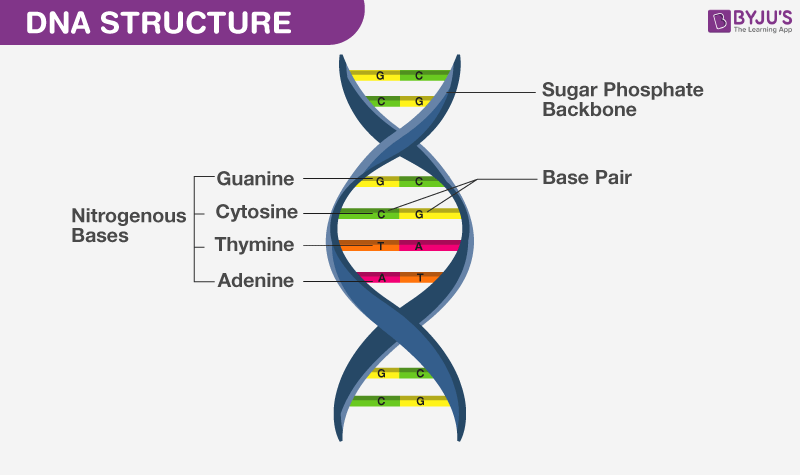



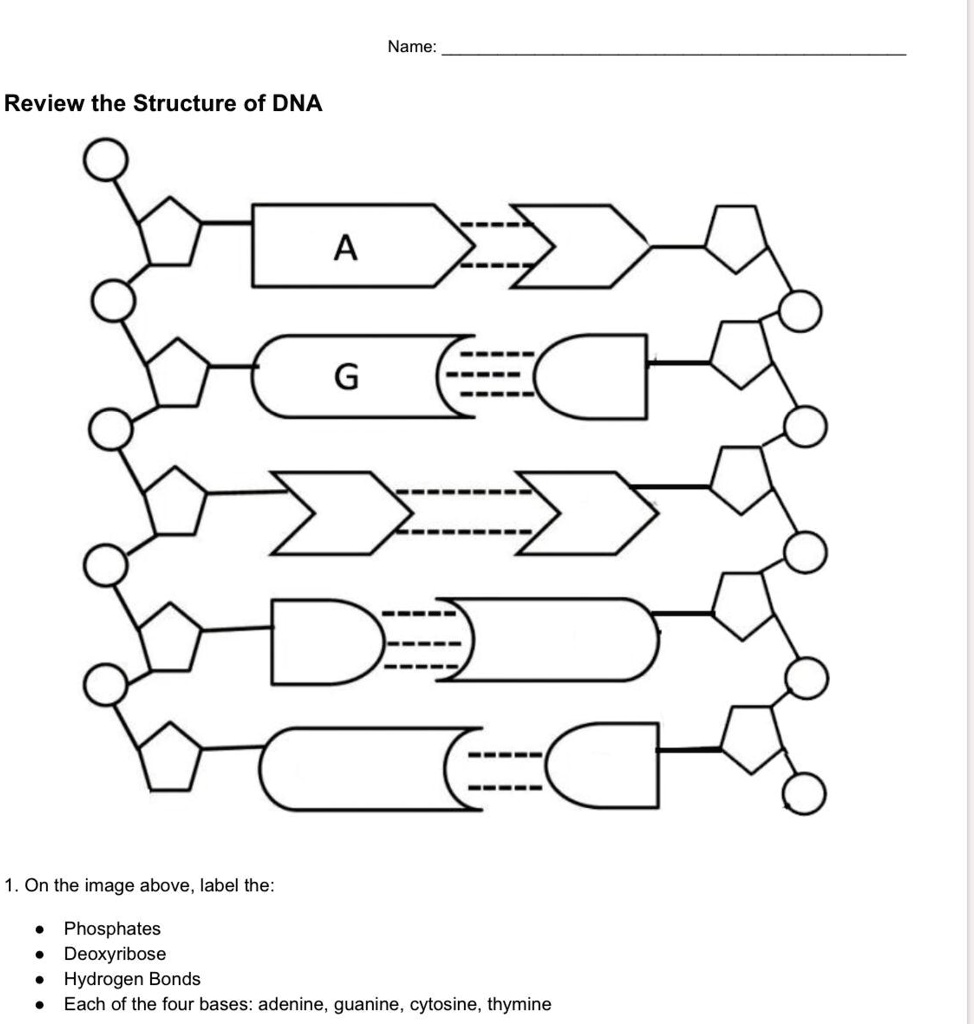
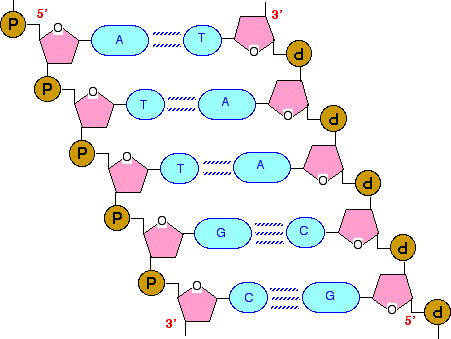

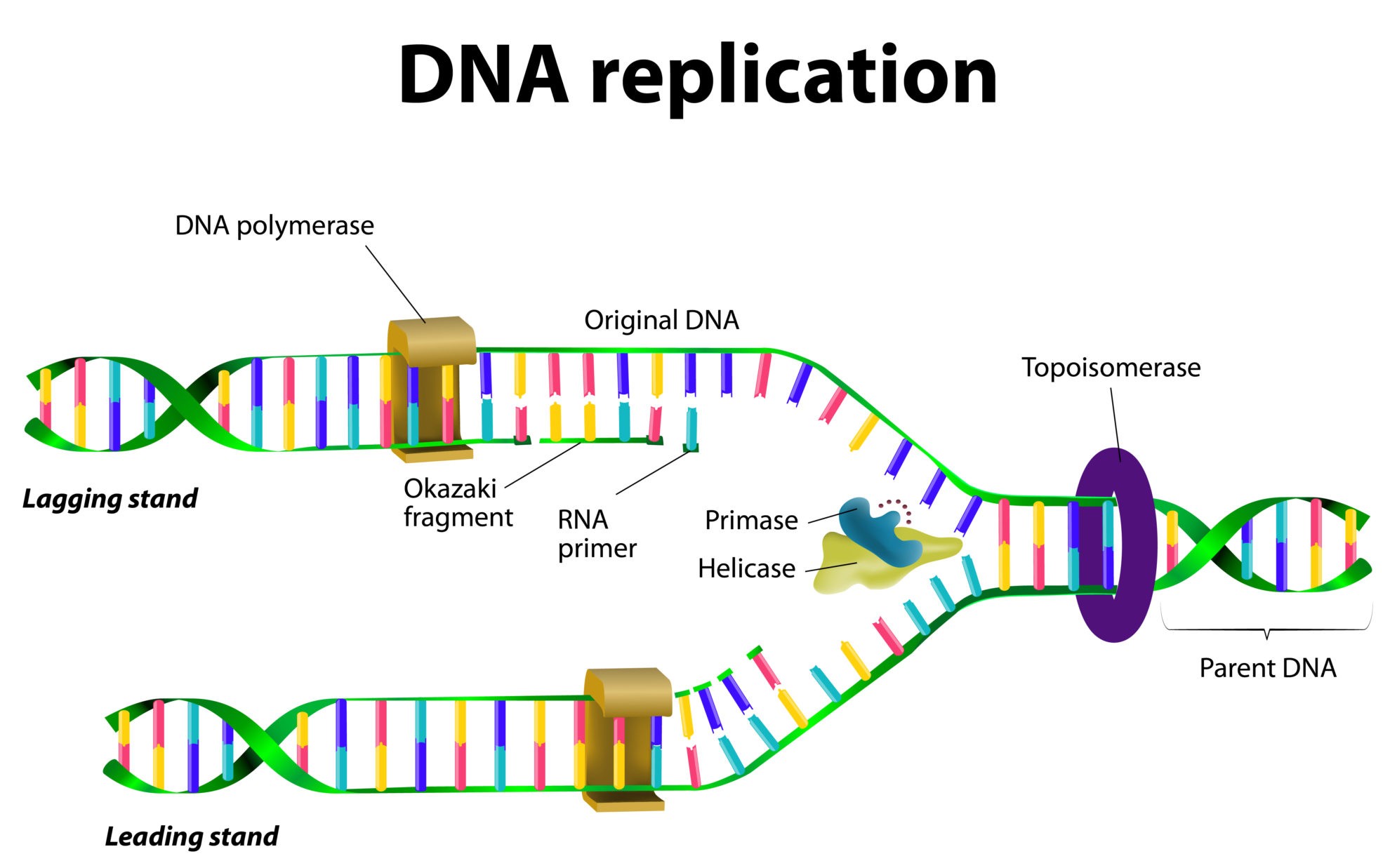
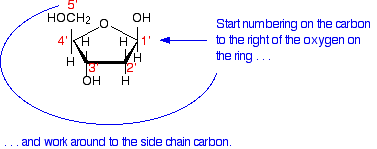



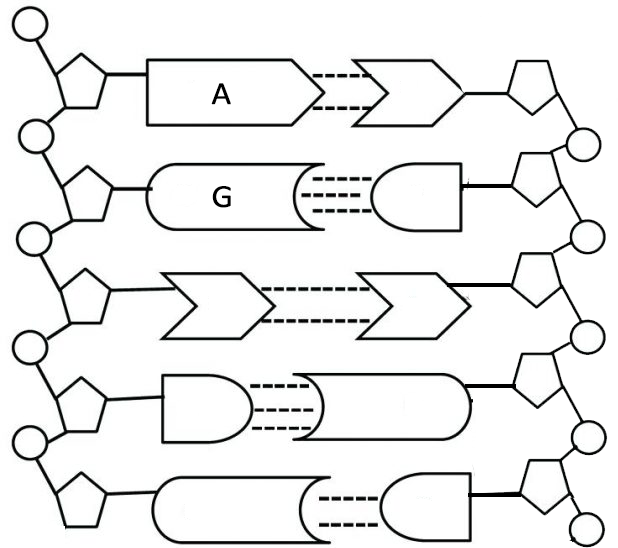
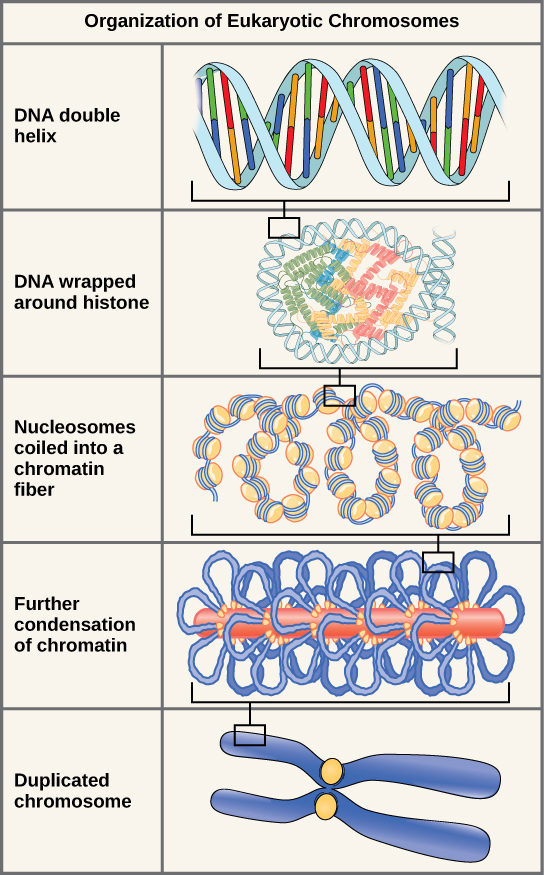
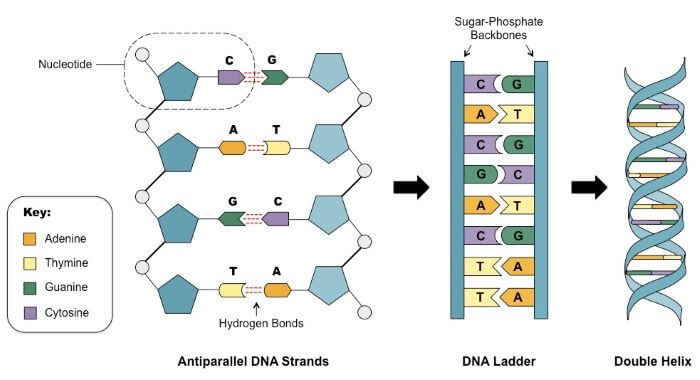



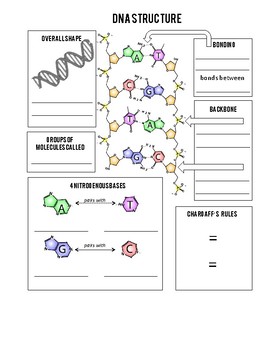
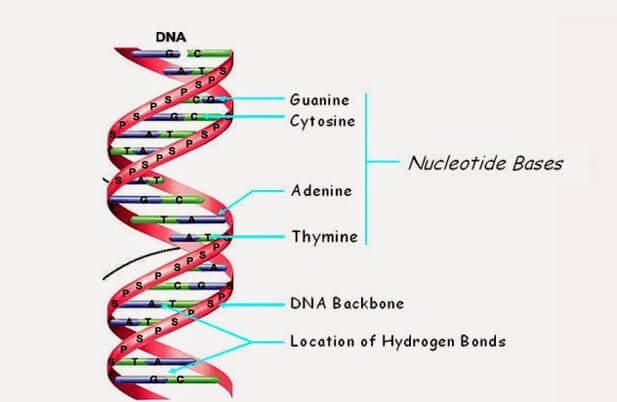
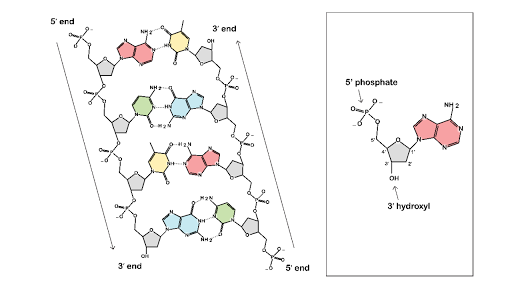




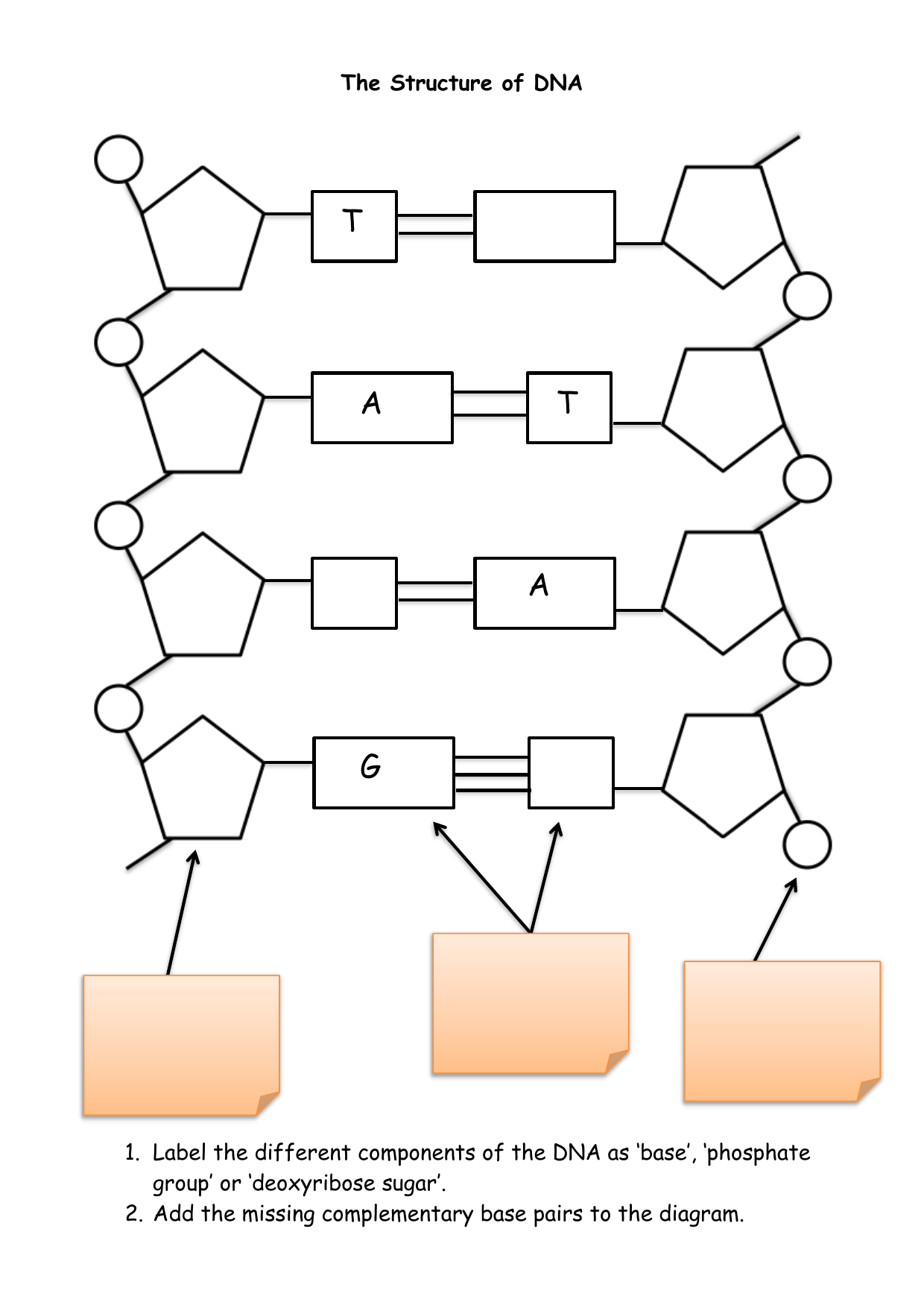

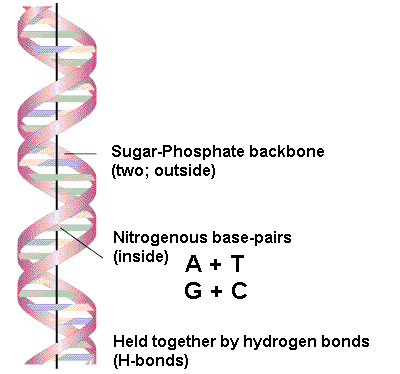

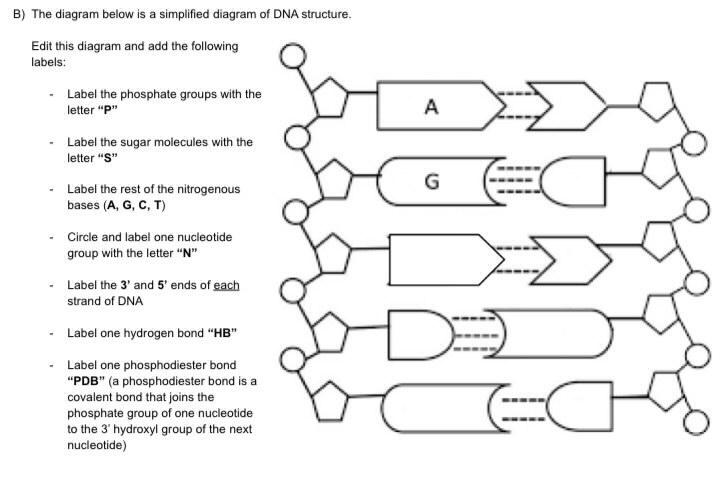
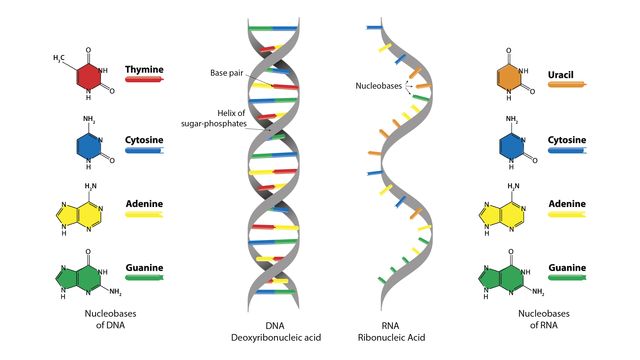
Post a Comment for "43 dna structure and labels"